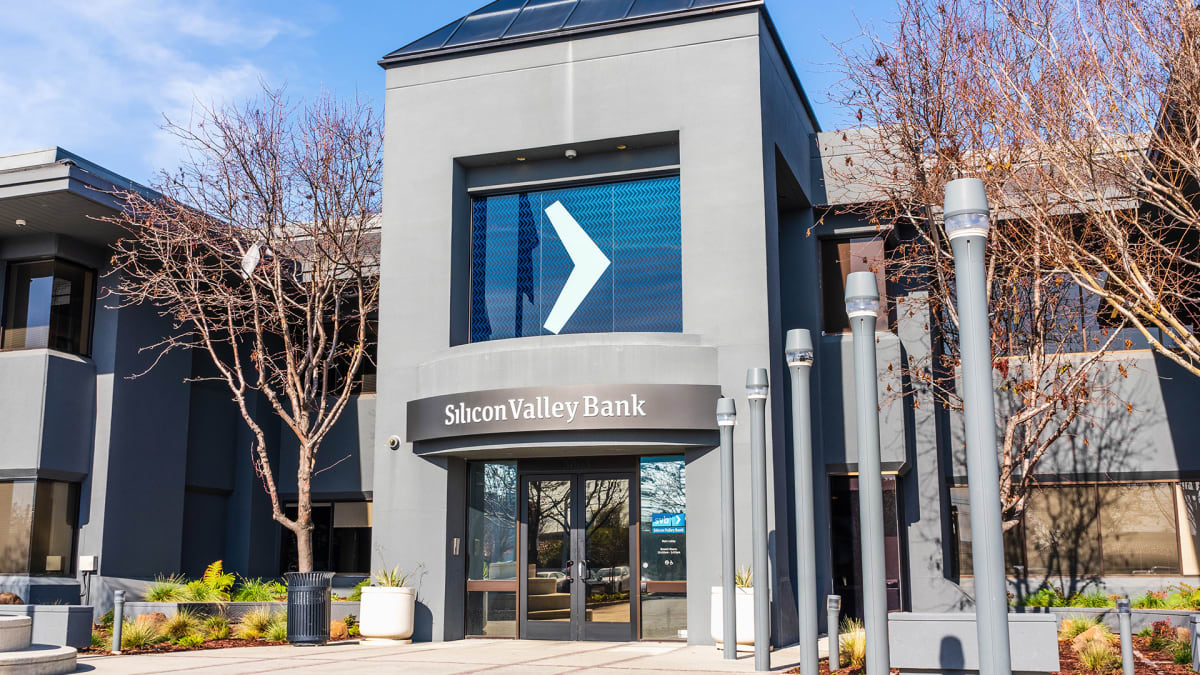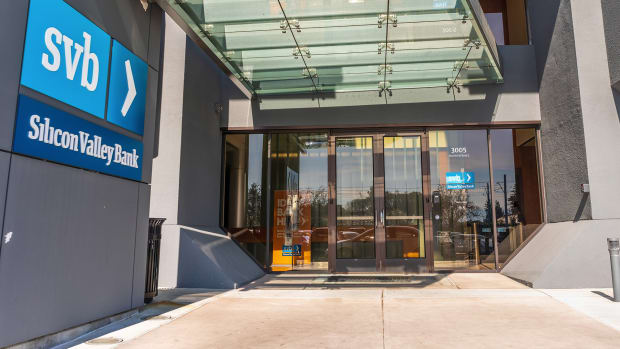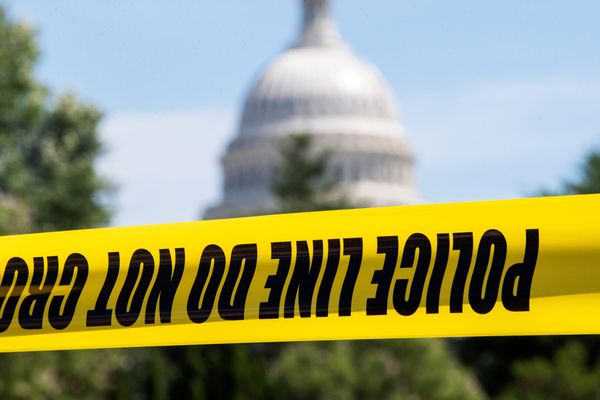
Fifteen years after the subprime mortgage crisis which devastated the global economy, rating agencies continue to make the same mistakes.
At least, this seems to be the case with the prestigious rating agency Moody's Investors Service.
Regulators shut down California's Silicon Valley Bank on March 10, after its US Treasury bets went awry, due to the interest rate hike by the Federal Reserve.
Consequently, the Federal Deposit Insurance Corporation (FDIC) seized its assets and created a new entity, which will begin operating on March 13.
Created in 1983, Silicon Valley Bank, which presented itself as a "partner for the innovation economy,” offered higher interest rates on deposits than its larger rivals, to attract customers. The company then invested the clients' money in long-dated Treasury bonds and mortgage bonds with strong returns.

Shutterstock
Moody's Gave Silicon Valley Bank an A Rating
This strategy had worked well in recent years. The bank’s deposits doubled to $102 billion at the end of 2020 from $49 billion in 2018. In 2021, deposits increased to $189.2 billion.
But everything turned upside down when the Federal Reserve began to raise interest rates, which made existing bonds held by SVB less valuable. As a result, the bank had to sell the bonds at a discount to cover withdrawals from its customers. In selling these bond positions, SVB had to take a significant loss of $1.8 billion.
Due to this loss, SVB suddenly announced that it needed to raise additional capital of $2.25 billion, by issuing new common and convertible preferred shares. This decision caused panic and a run on the bank.
While investors saw nothing coming, this is also the case with Moody's Investors Service, whose role is to assess the intrinsic value of a company and its ability to meet its obligations, including its ability to pay lenders back. Rating agencies must flag the financial risks associated with a company.
Until the regulators' decision to shut down SVB Financial Group and its subsidiary Silicon Valley Bank, Moody's still gave the bank of startups an A rating. Silicon Valley Bank's long-term local currency bank deposit and issuer ratings were rated A1 and Baa1 respectively until March 10.
The A rating means that the risk of Silicon Valley Bank not meeting its financial obligations or to default was considered to be low.
"Obligations rated A are judged to be upper-medium grade and are subject to low credit risk," the ratings agency says in its ratings definition document. "Obligations rated Baa are judged to be medium-grade and subject to moderate credit risk and as such may possess certain speculative characteristics."
The Subprime Crisis Memories
When TheStreet contacted Moody's, asking to confirm this rating, the agency responded that it had just downgraded Silicon Valley Bank and its parent company SVB Financial Group.
Moody's also decided that it will no longer rate the company as it does not exist and has been replaced by a new entity controlled by a federal agency.
Silicon Valley Bank's long-term local currency bank deposit and issuer ratings were now downgraded to Caa2 from A1 and to C from Baa1, respectively.
"Obligations rated Caa are judged to be speculative of poor standing and are subject to very high credit risk," the rating agency explained. "Obligations rated C are the lowest rated and are typically in default, with little prospect for recovery of principal or interest."
The downgrades, explained Moody’s, "follow the closing of Silicon Valley Bank by the California Department of Financial Protection and Innovation, which appointed the Federal Deposit Insurance Corporation (FDIC) as receiver."
The question is how Moody's failed to spot the problems and risks facing Silicon Valley Bank. The Fed started raising interest rates several months ago. Moody's had to anticipate a situation such as the one in which Silicon Valley Bank found itself.
The rating agency declined to state why it continued to rate the bank to be among the companies able to meet their obligations, despite signals showing a sharp increase in credit risk.
"We won’t have further comment," a spokesperson said.
According to Reuters, Moody’s delivered alarming news to Silicon Valley bank parent in the middle of last week that it was preparing to downgrade the bank’s credit.
The problem is that Moody's didn't warn investors at the same time and waited until the bank failed to move. Moody's blindness to Silicon Valley Bank is reminiscent of the rating agencies' blindness to the exposure of financial institutions to subprime mortgages, that sparked the 2008 financial crisis.
Rating agencies had given AAA ratings (the highest rating) too generously on securitized mortgage instruments. This contributed to the formation of the speculative bubble. Without this rating, the real risk would undoubtedly have been better understood.
Then, when the housing market deteriorated, the agencies failed to downgrade mortgages properly and in a timely manner. They reacted too late and with brutal downgrades, which aggravated the crisis.
In the end, 93% of securitizations of mortgage products marketed in 2006 with an AAA rating were reduced in quality to "junk bonds”.







